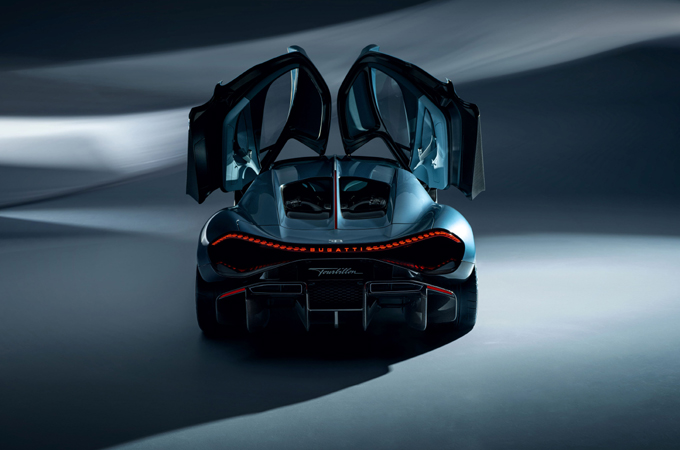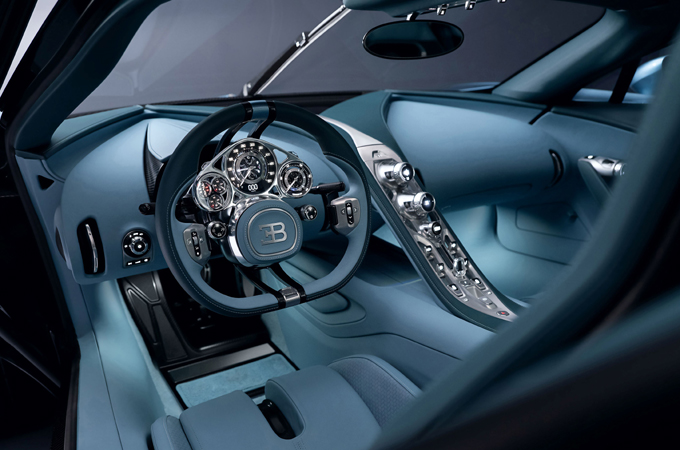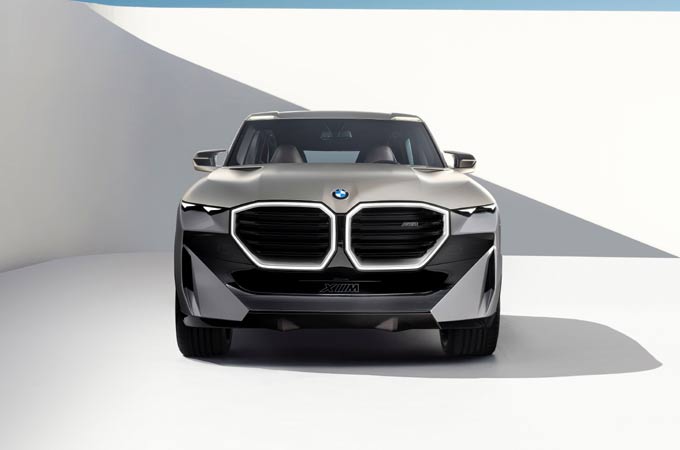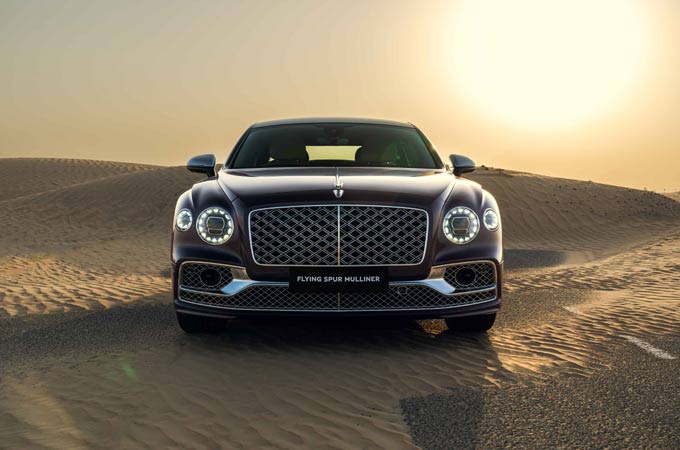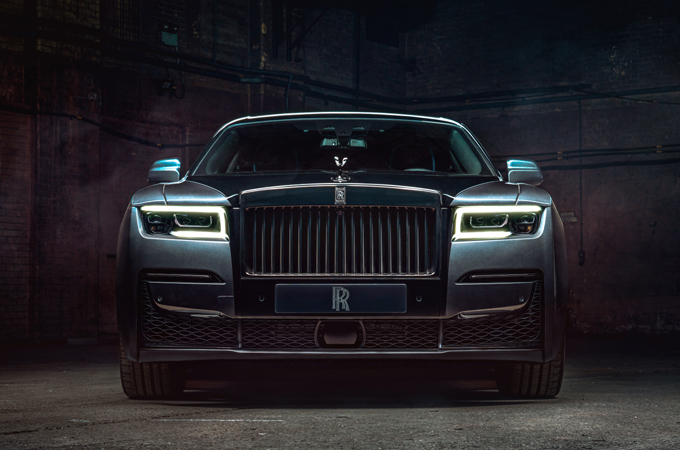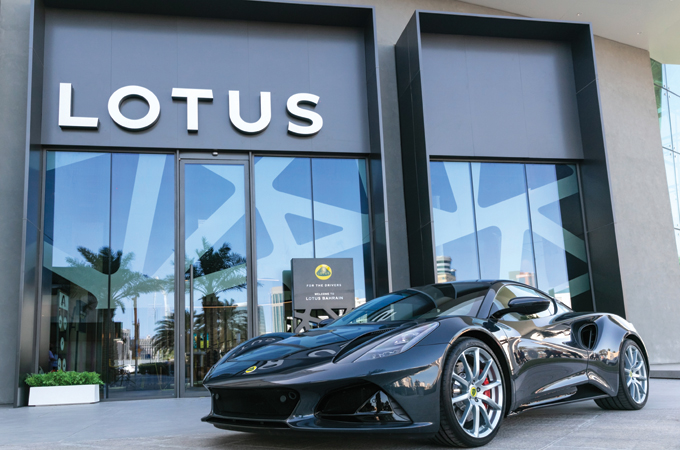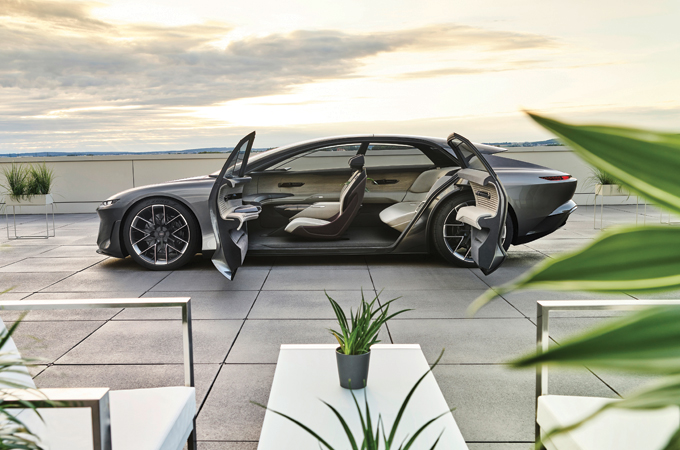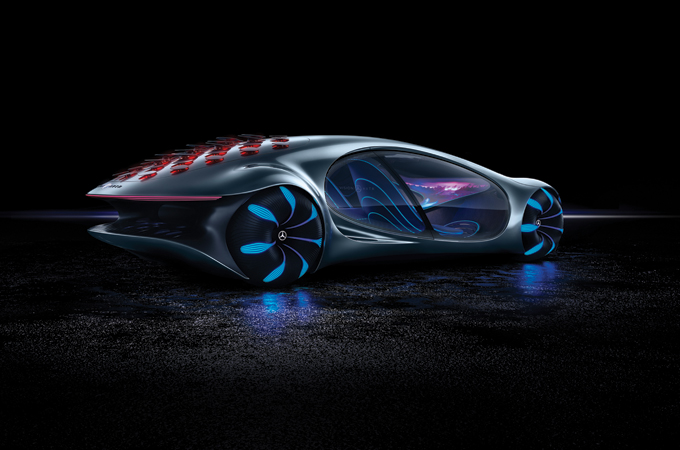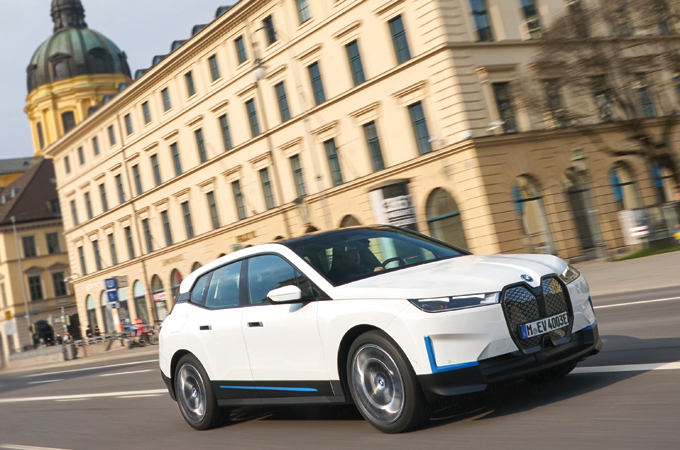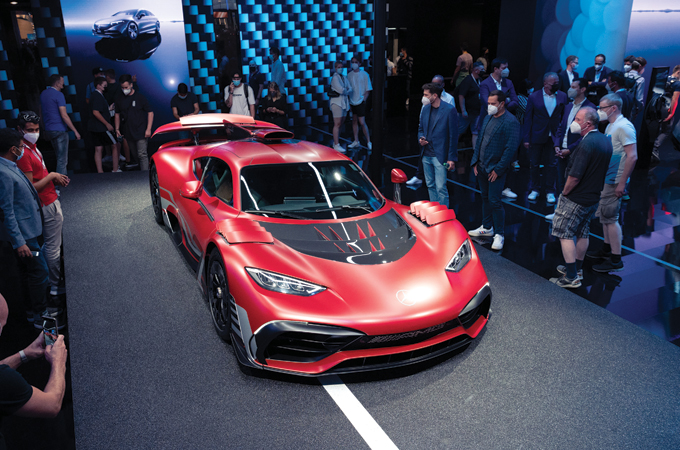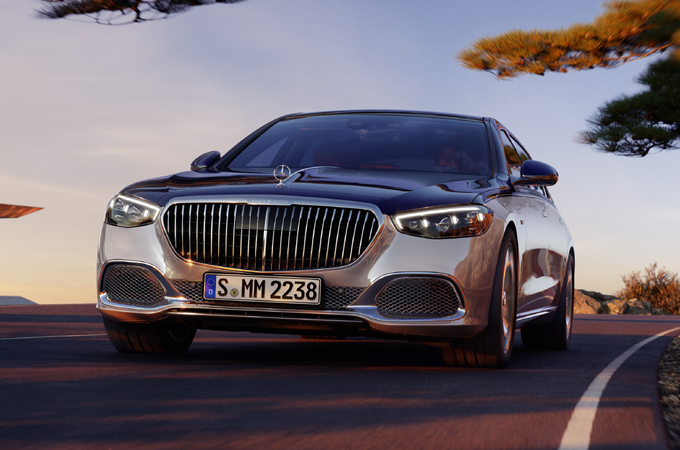Sun, Jun 23, 2024
Twenty years after Bugatti invented the hyper sports car, it has redefined the concept completely with an entirely new powertrain and platform -- the Bugatti Tourbillon.
The development of the Bugatti Tourbillon is guided at every step by the 115 years of Bugatti history and the words of Ettore Bugatti himself, says Mate Rimac, CEO of Bugatti.
“His mantras ‘if comparable it is no longer Bugatti’ and ‘nothing is too beautiful’ were a guiding path for me personally, as well as the design and engineering teams looking to create the next exciting era in the Bugatti hyper sports car story,” he says.
“Icons like the Type 57SC Atlantic, renowned as the most beautiful car in the world, the Type 35, the most successful racing car ever, and the Type 41 Royale, one of the most ambitious luxury cars of all time, provide our three pillars of inspiration. Beauty, performance and luxury formed the blueprint for the Tourbillon; a car that was more elegant, more emotive and more luxurious than anything before it. Quite simply, incomparable. And just like those icons of the past, it wouldn’t be simply for the present, or even for the future, but Pour l’éternité – for eternity.”
The Bugatti Tourbillon has now entered its testing phase, with prototypes already on the road in anticipation for customer deliveries in 2026. A total of 250 examples will be built, with a starting price of €3.8 million net. Hand-assembly will take place at the Bugatti Atelier in Molsheim, following the final W16-powered Bugatti models, Bolide and W16 Mistral.
Bugatti hyper sports cars
In 2004, the reborn Bugatti brand transformed the world of automotive performance and luxury with a 1,001hp hyper sports car: the Veyron.
The first road car with more than 1,000 hp was succeeded in 2016 by another engineering feat so ambitious it reset all expectations of performance, the world’s first 1,500 hp car: the Chiron. At the heart of these cars was the world’s most advanced automotive engine: an 8.0-liter quad-turbo W16.
As the first Bugatti in more than 20 years not powered by the iconic W16 engine, the tradition of naming core models after legendary Bugatti racing drivers of the past is no longer applied. Instead, the name Tourbillon was chosen as the perfect encapsulation of this car’s character. A French word, and a subtle reference to Bugatti’s French heritage and home in Molsheim, the tourbillon is a watchmaking invention of a Swiss-born genius living in France in 1801. A completely original creation without compare, it is both complex and beautiful, helping to counteract the effects of gravity on a watch to ensure more consistent time-keeping. And over 200 years later it is still revered as the pinnacle of watchmaking.
Design & Aerodynamics
As with every Bugatti of the modern era, the Tourbillon is ‘shaped by speed’. The ability to travel at more than 400km/h requires every single surface, inlet and ridge to be finely honed to ensure it is not only aerodynamic but also beneficial to the car’s thermodynamics. This is the guiding principle of the Tourbillon, which is then evolved around four Bugatti design elements inspired by history: the horseshoe grille, the Bugatti Line, the central ridge and the dual colour split.
Although beautiful in its design and proportions, every surface, intake and vent is carefully honed to balance the enormous aerodynamic forces of a car travelling at over 400km/h as well as the thermodynamic requirements of a V16 engine, electric motors and battery at full performance.
Using over 20 years of expertise from the Veyron and Chiron, the Tourbillon features a number of patented technologies. As a result, the rear wing even remains submerged during top speed runs, with a perfect equilibrium of forces generated by these new innovations. The wing is utilised to establish higher downforce at slower speeds and as an airbrake for improved stability under deceleration.
Much of this aerodynamic equilibrium is thanks to the new diffuser concept, which starts to climb from just behind the passenger cabin, rising at an ideal angle to keep the Tourbillon in perfect balance. The diffuser is built around a completely new crash concept, which is fully integrated within the structure of the diffuser itself, keeping it both enormously effective but also hidden from sight, enabling the open rear-end design.
At the heart of the Tourbillon’s design ethos is the iconic horseshoe, from which all lines of the car originate, shaping the central fuselage volume. Docked onto that left and right are the flying fenders that allow to stream air underneath the headlights to boost air mass flow into the side intakes. This intricate interplay of airflow is further exemplified by the frontal design, which, while maintaining the dimensions of a sculpted overhang, ingeniously houses an ultra-efficient cooling system that directs air through and out of the front bonnet, augmenting downforce while ingeniously packaging a sizable frunk in between the two radiators.
A set of advanced, electrically actuated dihedral doors not only allow for easy entry into the vehicle but provide a dramatic sense of arrival, able to be opened and closed from the key fob, the door opening button found just underneath the Bugatti Line and on the center console.
Interior
Imagining the Tourbillon on concours d’elegance lawns not just in 10 years but perhaps in 100 years, the design philosophy of the interior focused on timelessness.
The centerpiece of this takes the horologie philosophy to its most literal conclusion; an instrument cluster designed and built with the expertise of Swiss watchmakers. Made up of more than 600 parts and constructed from titanium as well as gemstones such as sapphire and ruby, the skeletonised cluster is built to the largest tolerance of 50 microns, with the smallest at 5 microns, and weighs just 700g. This intricately engineered masterpiece remains a focal point of the driving experience, fixed in place as the rim of the steering wheel rotates around it – a set-up known as a fixed hub steering wheel. Through this ingenious concept Tourbillon drivers have an unobstructed view of their instrumentation independent of the steering angle because the spokes reach around the back of the instrument cluster.
The center console is a blend of crystal glass and aluminum, revealing the intricate workings of the switches and the engine start ‘pull’ lever that it hosts. This glass was developed over 13 separate stages to ensure it was both perfectly clear and extremely strong and safe in the event of an accident.
Powertrain and Performance
This next-generation Bugatti hyper sports car is powered by an all-new 8.3-liter naturally aspirated V16 engine – engineered with the help of Cosworth – paired with a front e-Axle with two electric motors and one electric motor mounted at the rear axle. In total, the Tourbillon produces 1,800 hp with 1,000 from the combustion engine itself and 800 hp from the electric motors. It’s an extraordinary achievement – delivered thanks to a host of cutting-edge materials and technology – given the Veyron achieved 1,001 hp from its 8.0-liter capacity engine with four turbochargers, and the new V16 is completely naturally aspirated. Constructed from lightweight materials, the engine weighs just 252 kg.
The electric motors are powered by a 25 kWh oil-cooled 800V battery housed in the central tunnel and behind the passengers. With four-wheel-drive and full torque-vectoring, it offers ultimate traction and agility.
With its lightweight construction and instantaneous torque from the electric motors, the Bugatti Tourbillon delivers extraordinary performance. 0-100: 2.0s; 0-200: <5s; 0-300: <10s; 0-400: <25s; Top speed: 445 kph
Thanks to the combination of an extremely advanced hybrid powertrain and lightweight engineering, efficient packaging and advanced aerodynamics, the Tourbillon will be reducing significantly the emissions in comparison to its predecessor but still enhancing the driving experience and bringing to new levels the pinnacle of automotive industry.
Engineering
The Tourbillon is designed around entirely new chassis and body structure. The structure is made from a next-generation T800 carbon composite, which incorporates a number of weight-saving innovations, such as integrating the battery as a structural part of the monocoque and an unprecedented crash composite rear diffuser, inspired by top level motorsport.




